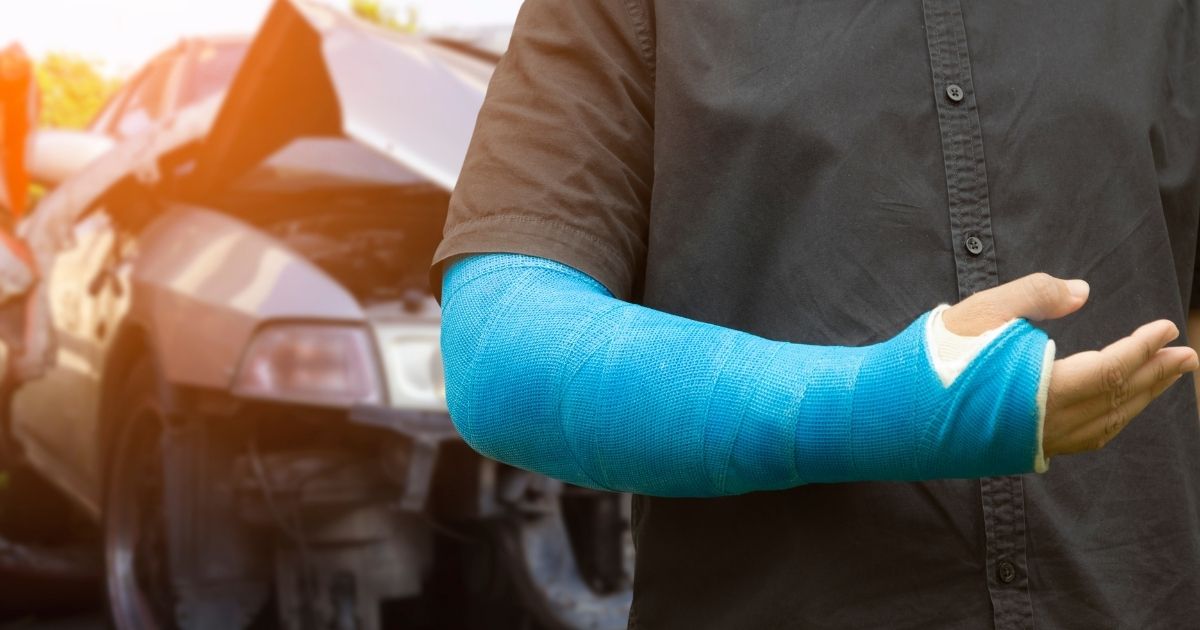Being involved in an auto accident can lead to a range of injuries, and bone fractures are among the most common. The impact of a collision can subject the human body to immense force, often resulting in fractures. Identifying and managing these fractures promptly is crucial for a successful recovery. In this blog, we’ll delve into the topic of bone fractures after auto accidents, helping you understand the risks, signs, and proper management.
If you’ve experienced an auto accident and suspect a bone fracture, don’t delay seeking medical attention. Contact Specialty Care Clinics at (469) 545-9983 for expert care and guidance on managing fractures after auto accidents.
Understanding the Risks:
The force generated during an auto accident can cause bones to break in various ways. High-impact collisions can result in more severe fractures, such as compound fractures where the bone pierces through the skin, and comminuted fractures where the bone shatters into multiple pieces. Even low-speed collisions can lead to stress fractures or hairline fractures due to sudden jolts and impacts.
Recognizing the Signs:
After an auto accident, it’s important to be vigilant about potential fractures. Common signs of fractures include intense pain, swelling, deformity, and difficulty moving the affected area. If you suffer any of these symptoms, you must seek medical assistance immediately. Delaying therapy might cause problems and impede recovery.

Prompt Medical Attention:
If you suspect a fracture, seeking immediate medical attention is crucial. A medical professional will conduct a thorough examination, which may include X-rays or other imaging tests to accurately diagnose the fracture’s type and severity. After detection, the best treatment approach may be devised.
Treatment Options:
The treatment for bone fractures depends on factors such as the type of fracture, its location, and the patient’s overall health. Treatment options may range from immobilization using casts, splints, or braces for simple fractures, to surgical interventions for complex fractures that require realignment and fixation with plates, screws, or rods.
Recovery and Rehabilitation:
Recovery from a bone fracture can be a gradual process. Following medical advice, attending follow-up appointments, and adhering to the prescribed treatment plan is crucial. Physical therapy and rehabilitation exercises may be recommended to regain strength, flexibility, and mobility in the affected area.

Preventing Fractures in Auto Accidents:
While accidents are unpredictable, there are steps you can take to reduce the risk of fractures in case of an auto accident:
Seat Belts: Always wear your seat belt properly, as it’s one of the most effective ways to prevent serious injuries during a collision.
Airbags: Ensure your vehicle’s airbags are functioning correctly and stay a safe distance from the steering wheel.
Proper Driving: Obey traffic rules, avoid distractions, and maintain a safe speed to minimize the risk of accidents.
Defensive Driving: Be aware of your surroundings, anticipate potential dangers, and react accordingly to avoid collisions.
Vehicle Maintenance: Regularly maintain your vehicle’s brakes, tires, and other essential components to ensure they’re in optimal condition.
Bone fractures are a common consequence of auto accidents, but prompt identification and appropriate medical care can significantly impact your recovery. If you’ve been in an auto accident, it’s important to seek medical attention even if you don’t immediately experience pain or visible symptoms. Remember that a proactive approach to your health is key to ensuring a smooth recovery process.
